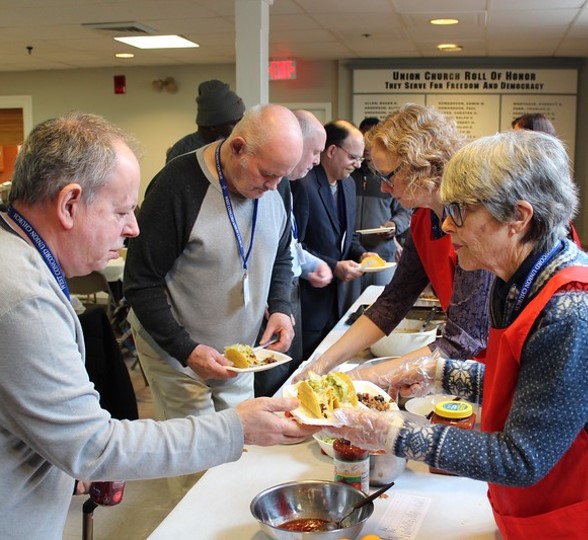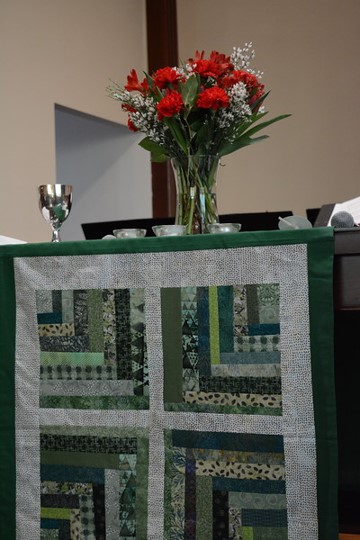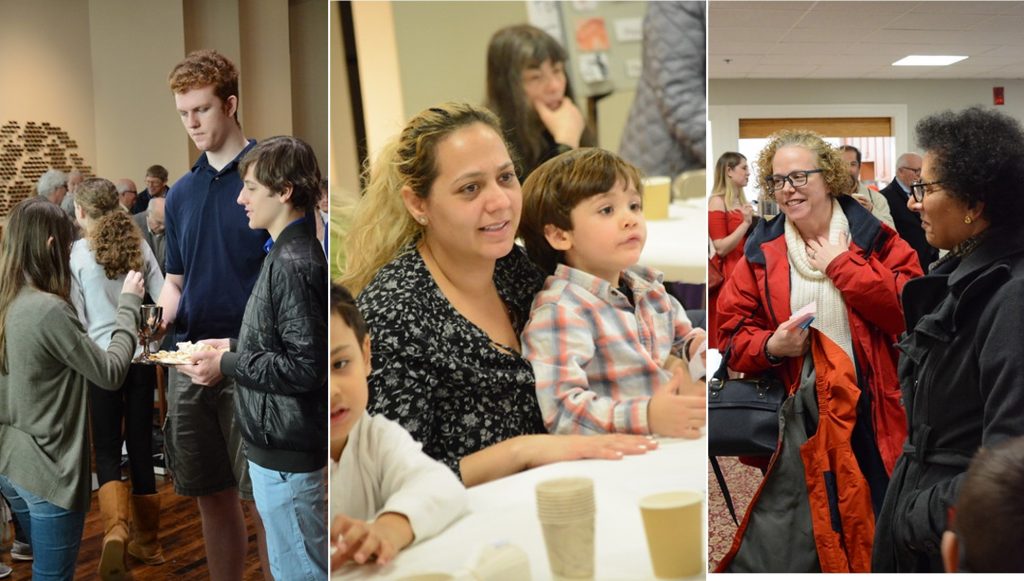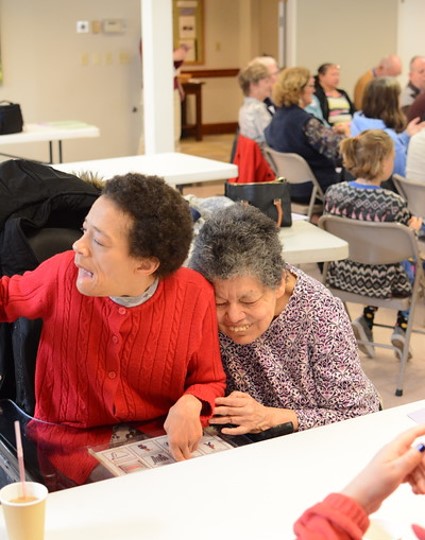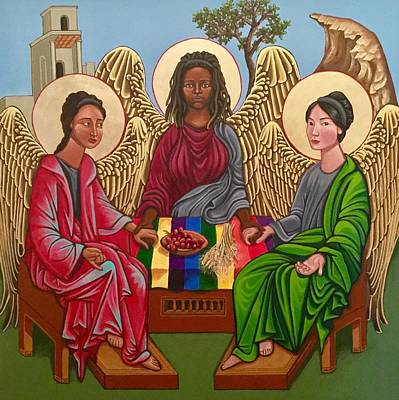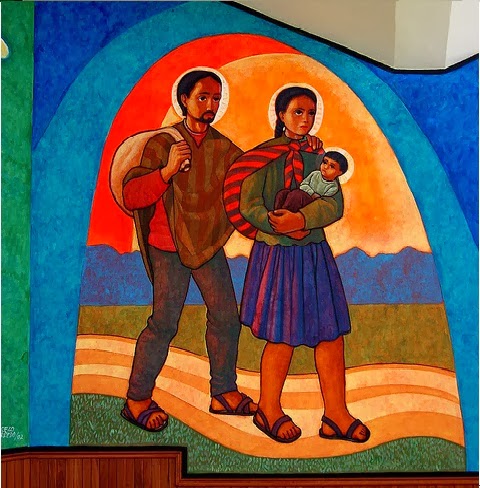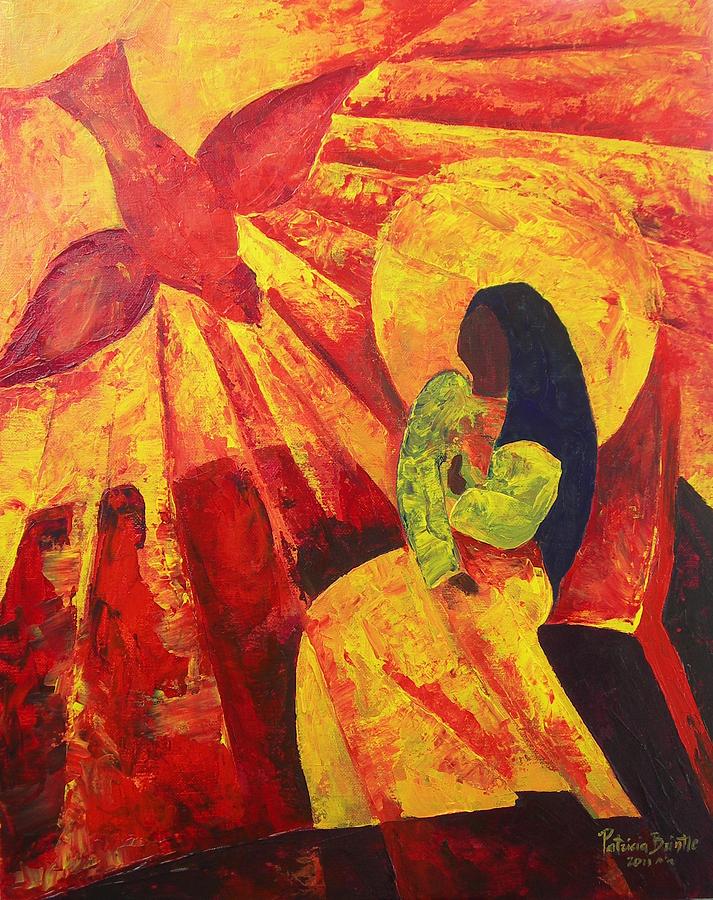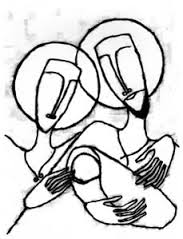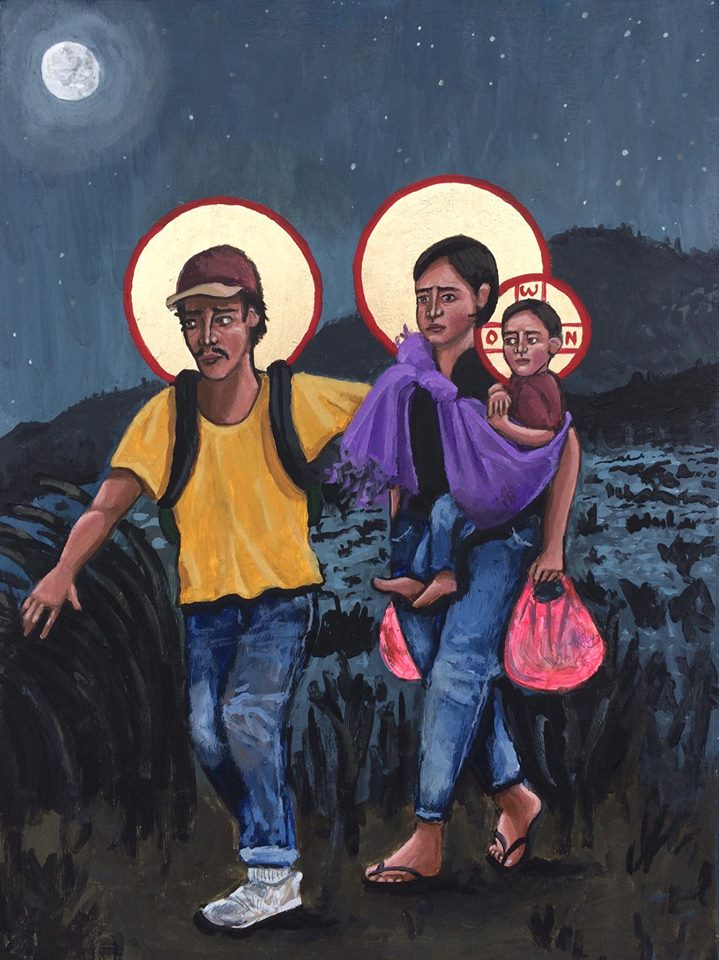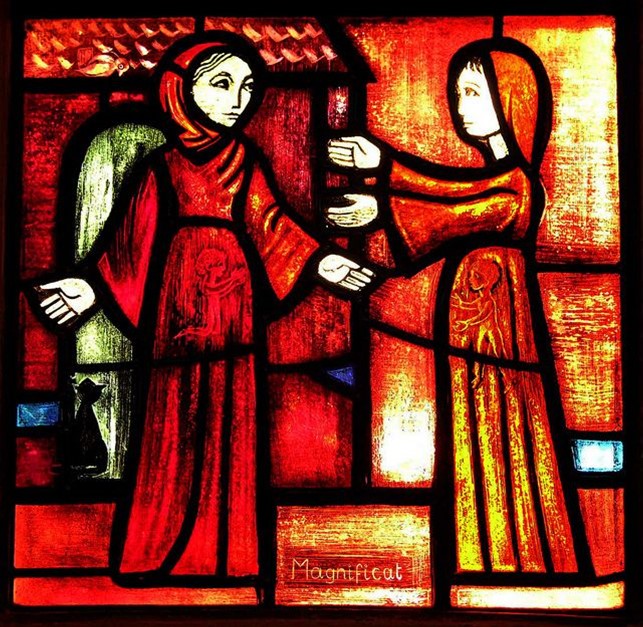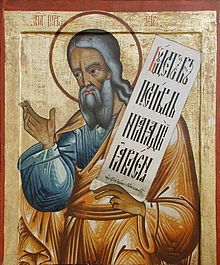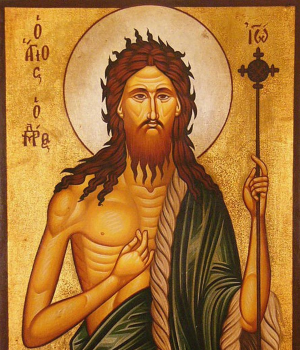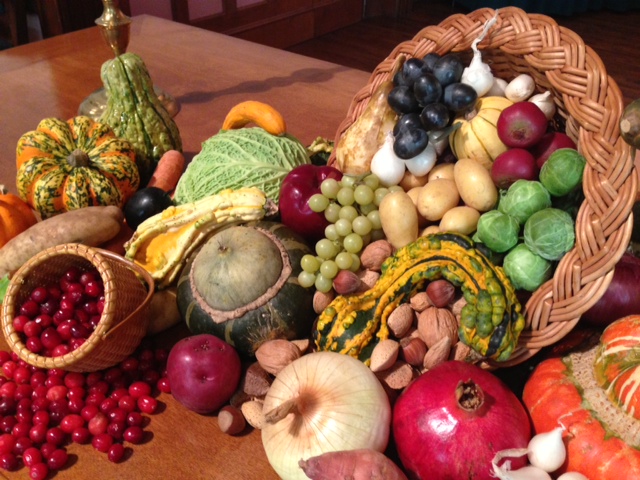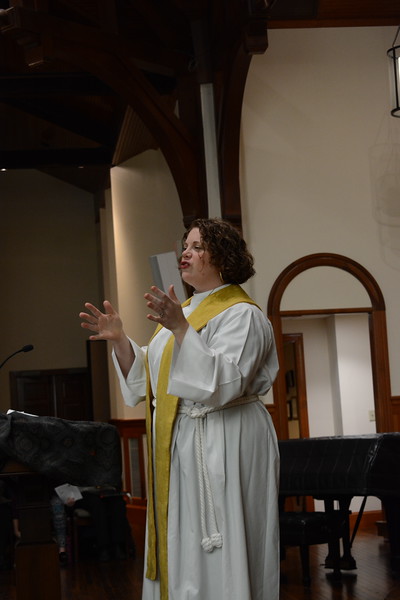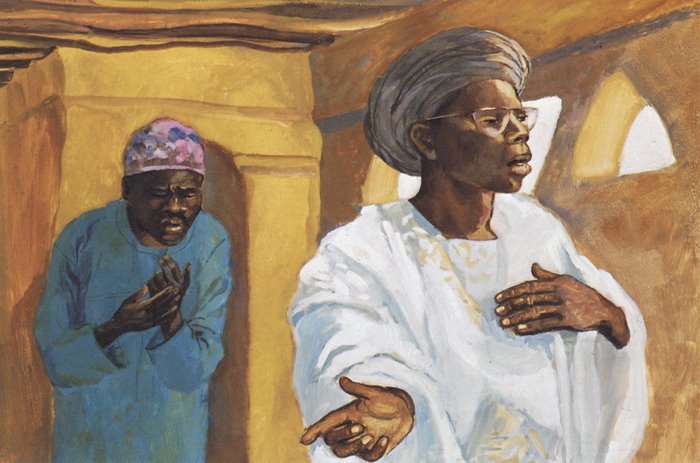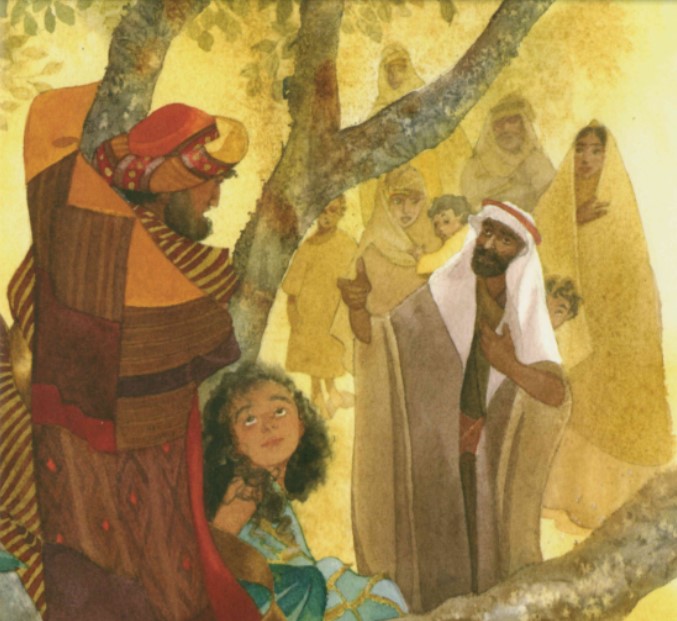Matthew 4:13, 17-23
As Jesus begins his public ministry, he takes a stroll by the Sea of Galilea. While he is walking, he spots two brothers, Simon and Andrew, going about their daily work, casting a net into the sea. Jesus calls out: “Follow me, and I will make you fish for people.” Immediately, Simon and Andrew leave everything behind, to follow Jesus.
Jesus walks on, with his two brand-new disciples in tow. While they are walking, Jesus sees two other brothers, James and John, going about their daily work, mending their nets. Jesus calls out to them – this time, we don’t know what he said. What we do know is that these two brothers also leave their lives behind, to become disciples of Jesus. Now they’re a group of five.
Like many biblical stories, this one leaves a great deal unsaid. I have a lot of questions. Have Simon, Andrew, James, or John ever even met Jesus before? Did they have an initial discipleship interview, so that they could learn more about the position, and he could learn more about them? Are fisherfolk the only people available to be recruited for discipleship by the sea of Galilee, or does Jesus have a particular fondness for people in that profession? Is there a reason Jesus chooses two sets of brothers? What about Jesus compels these four to give up their livelihoods, and their families, to follow him?
There are a lot of holes in this story. There are a lot of spaces that require our imagination. Perhaps the most confusing part of this story, though, is Jesus’ invitation itself. “Follow me, and I will make you fish for people.” What’s that, now? Why would anyone want to be forced to catch other people in a net? We can give thanks that there seems to be only nets, not hooks, used in fishing in this story. Still, what a terrible way to describe the role of disciple, the work of ministry. What a terrible way to describe the wonderful tasks of showing forth God’s good news and inviting folks into God’s grace.
“Follow me, and I will make you fish for people.” I’ve never really liked this invitation from Jesus. But this year I heard it differently. Maybe it’s because this fall we talked so much about being bound together in love, and binding the world together in love. What if Jesus saw Simon and Andrew casting a net into the sea, and he thought: that’s what God needs. Folks to cast out a web that others can catch onto, to save themselves from drowning in despair or loneliness or luxury or want. What if Jesus saw James and John, mending their nets, and he thought: that’s what God needs. Folks who are mending what binds us together, so that we can find one another and God again, so that we can be tied together in holy community.
The story of our ministry this year, and every year, is a story of webs and nets and ties. It’s a story of connections.
This year we have continued the work of connecting with one another across demographics and ministry areas and organizations, with programs like Sunday Fellowship Food & Fun, and interactive services like Maundy Thursday, with combined choirs, and with community partnerships.
This year we have connected through giving. Folks gave with extraordinary generosity to our annual appeal. We gave $43,000, 11% of our budget, to our mission partners, as well as in-kind gifts for Open Table, Prison Gift Bags, Minuteman Arc Holiday gifts, and Mitten Tree items.
This year we have continued to explore and expand our dedication to inclusion. We discussed White Fragility. We kept working on our worship resources. We added an automatic door opener to our main entrance. We tried more inclusive words for well-known hymns. Stick around for Annual Meeting, when we hope to expand our Open and Affirming Statement.
This year we have connected through acts of care. We supported one another through losses and memorial services and surgeries. We have delivered flowers and made visits and knit shawls and written cards and welcomed visitors. We have even baked pies. And each week, folks offer rides to church, prayers, a listening ear.
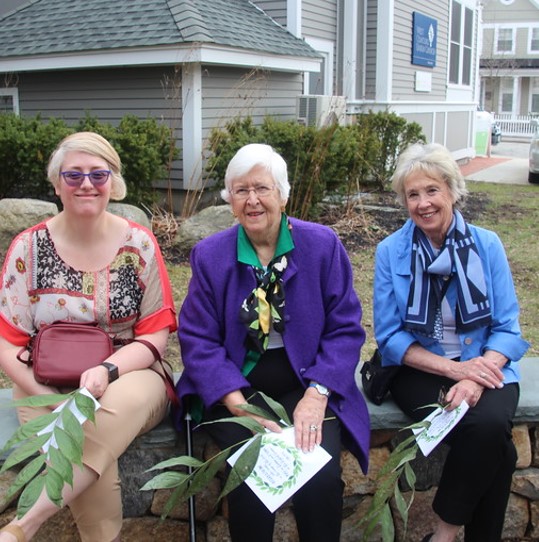
This year we have connected by through acts of service, small and large. Folks showed up to water and weed and prune the garden throughout the year. We worshipped in the garden all summer, thanks to a dedicated crew (especially Andrew). David Frink and others have fixed and installed countless items. All year, folks have showed up to move chairs, and platforms, and bell tables; to serve food and set the communion table. Each Sunday, there are people making coffee, handing out bulletins, singing, reading, helping with Sunday School, counting the offering. The Schummers even designed and installed a new name tag holder!
Maybe there have been days where there were too many items on your list of church to-dos, and you wondered: why am I doing this?
I suspect that for most of us, it was because one day, someone, or something, whispered in our ear: Come, and be part of it. There is a place in God’s great community for you. And not only that: you can be a caster of nets. You can be a mender of nets. You can be a bringer of good news. You can become part of the binding, part of the weave, part of the stretch, part of the strength, that reaches out into the world for others to grab onto.
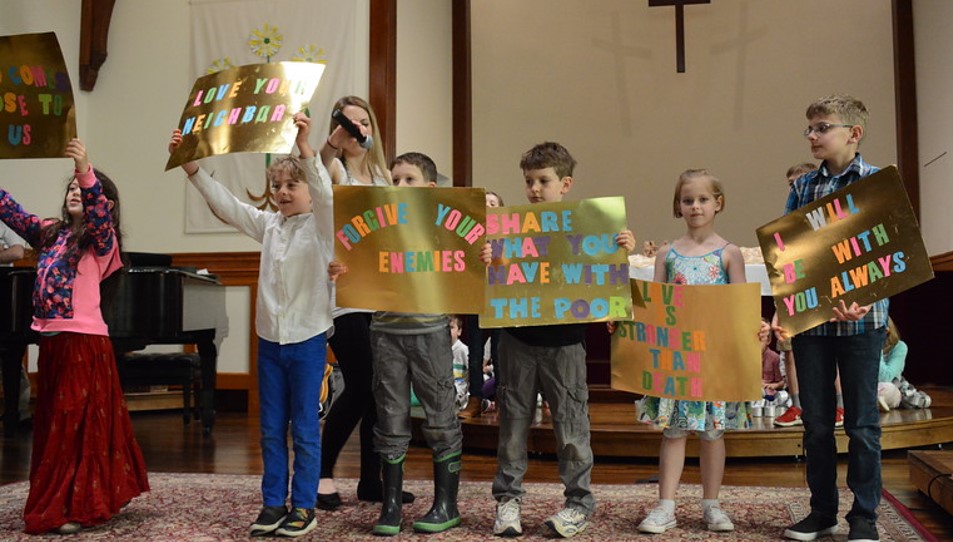
Because all those acts of service combine through the power of the Holy Spirit into something amazing that none of us could have put together by ourselves, that looks something like all ages and abilities giant uno games; the wonder of a child; the joy of finding a place, a home, a friend.
Thank you all, for what you have given to West Concord Union Church. Through your ministry, we have witnessed the glory of God here among us. Thanks be to God.





